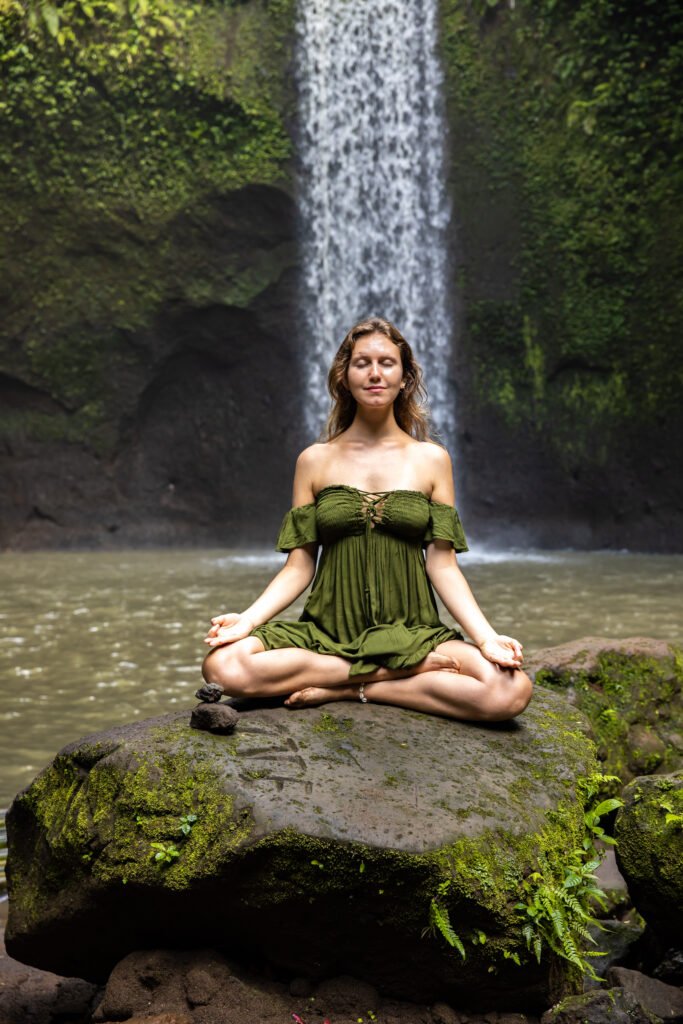Imagine stepping away from the constant buzz of daily life—no notifications, no chatter, just you, your breath, and the quiet hum of nature. Silent yoga retreats are surging in popularity as a sanctuary for those craving mental clarity, emotional balance, and a deeper connection to their yoga practice. Unlike standard yoga classes, silent retreats offer an immersive experience where silence becomes a powerful tool for self-discovery. In this article, we’ll explore how silent yoga retreats differ from traditional yoga, dive into their unique benefits, and uncover what recent research says about their impact on well-being. Whether you’re a seasoned yogi or a curious beginner, this guide will inspire you to embrace the magic of silence and consider a retreat for your next wellness adventure.
What Is a Silent Yoga Retreat?
A silent yoga retreat is a structured experience, typically lasting from a weekend to 10 days, where participants commit to a period of noble silence—no talking, minimal eye contact, and often a digital detox. Unlike standard yoga classes, which focus primarily on physical postures (asanas) in a one-hour session, silent retreats blend yoga with extended meditation, pranayama (breathing techniques), and mindfulness practices. The schedule often includes early wake-ups (4–7 a.m.), multiple meditation sessions, gentle yoga, walking meditations, and mindful meals, all in silence. For example, a typical day might start with a 6 a.m. meditation, followed by a hatha yoga session, silent breakfast, and guided mindfulness practices, with downtime for journaling or nature walks.
The absence of verbal communication shifts the focus inward, allowing participants to observe their thoughts and emotions without external distractions. Retreats like those at Kausay Community in Spain or Kripalu Center in Massachusetts emphasize this introspective journey, often set in serene, natural locations to enhance the experience. While standard yoga classes prioritize physical alignment and fitness, silent retreats aim for holistic transformation—mind, body, and spirit.
How Silent Retreats Differ from Standard Yoga
Standard yoga, as practiced in studios or gyms, typically involves a 60–90-minute class focused on physical postures, with some breathwork and brief meditation. These classes are social, with instructors guiding verbally and students often interacting before or after. The goal is often fitness, flexibility, or stress relief, with mindfulness as a secondary benefit. Silent yoga retreats, however, are a deeper dive:
- Silence as a Core Practice: Noble silence eliminates verbal and digital distractions, fostering self-awareness. In contrast, standard yoga classes encourage verbal cues and community interaction.
- Extended Immersion: Retreats span days, with 6–11 hours of daily practice, compared to the short, structured format of a standard class.
- Holistic Approach: Silent retreats integrate yoga with meditation, pranayama, and activities like mindful eating or working meditation (e.g., cleaning or gardening), which aren’t typically part of studio classes.
- Inner Focus: While standard yoga may emphasize physical alignment, silent retreats prioritize mental and emotional clarity, encouraging participants to “approach” their inner selves rather than “retreat” from life.
- Environment: Retreats are often held in tranquil settings—think redwood forests or Moroccan deserts—amplifying relaxation, unlike urban studio environments.
This immersive format makes silent retreats a unique opportunity to deepen your practice beyond the mat, offering a reset that standard yoga can’t match in scope or intensity.
The Benefits of Silent Yoga Retreats
Silent yoga retreats offer profound benefits, impacting physical, mental, and emotional well-being. Here are the key advantages, supported by personal accounts and research:
- Enhanced Self-Awareness
Silence allows you to observe your thoughts without judgment, fostering a deeper connection to your inner self. Participants often report breakthroughs in understanding their emotions and habits, as one attendee noted: “I realized how much of my busyness was mindless. Silence helped me reconnect with simplicity”. A 2019 study found that silent meditation retreats increased mindfulness and self-awareness, even in non-meditators, by reducing brain activation in stress-related regions. - Reduced Stress and Anxiety
The absence of external stimuli, like phones or conversations, activates the parasympathetic nervous system, promoting relaxation. Research from 2020 showed that an 11-minute Yoga Nidra meditation, often included in retreats, lowered stress and improved well-being in a large sample, with effects lasting weeks. Retreat-goers describe a “wave of lightness” after surrendering distractions like phones. - Improved Sleep Quality
Silent retreats regulate sleep patterns through early wake-ups and calming practices. A 2020 randomized controlled trial found that yoga interventions, including those in retreat settings, improved sleep quality among students, with effects persisting for months. The structured schedule and digital detox help reset circadian rhythms. - Emotional Resilience
Facing your thoughts in silence can be challenging but builds mental strength. One retreat participant shared, “My mind threw every negative thought at me, but I learned I could handle it”. Studies suggest mindfulness practices in silent retreats improve impulse control and emotional regulation by enhancing brain efficiency. - Community and Connection
Despite the silence, retreats foster a sense of community. As meditation teacher Sharon Salzberg noted, “There’s freedom in not having to present yourself as interesting or funny”. Shared silence creates bonds, with participants connecting through non-verbal cues, laughter, or shared tasks like chopping vegetables. - Physical Benefits
Yoga and pranayama in retreats improve flexibility, balance, and cardiovascular health. A 2021 study found that regular yoga practice, amplified in retreat settings, enhanced physical fitness over a year. The focus on detoxing foods and deep breathing further supports physical cleansing. - Creative and Spiritual Insights
Silence sparks creativity and spiritual growth. Participants often experience “otherworldly absorption” or new perspectives on life, as one retreat-goer described a shift in how they relate to the world. The natural settings of retreats, like mountains or beaches, amplify this by reducing stress and boosting cognitive function.
Research Supporting Silent Retreats
Recent studies validate the transformative power of silent retreats:
- A 2019 study linked mindfulness practices in silent retreats to reduced stress, lower blood pressure, and better sleep, contributing to the wellness tourism boom.
- A 2020 study on Yoga Nidra, a common retreat practice, found small but significant reductions in stress and improvements in well-being after 30 days, with effects stronger in consistent practitioners.
- A seven-day silent retreat study showed non-meditators had reduced brain activation in stress-related areas, suggesting increased brain efficiency.
- A 2020 randomized trial with university students found yoga-based interventions, like those in retreats, reduced mental distress and improved sleep, with effects lasting months.
These findings highlight how silent retreats offer measurable benefits, particularly for mental health, making them a compelling choice for those seeking lasting change.
Tips for Your First Silent Retreat
Ready to try a silent retreat? Here are some practical tips to make it fun and fulfilling:
- Set an Intention: Reflect on why you’re attending—clarity, peace, or spiritual growth—to guide your experience.
- Start Small: If a week feels daunting, try a weekend retreat or one with partial silence.
- Prepare for Challenges: Silence can bring up discomfort, but that’s part of the growth. Be open to emotions and trust the process.
- Pack Smart: Bring comfortable clothing, a journal, and essentials like a water bottle or yoga mat, as recommended by your retreat host.
- Embrace the Fun: Engage in activities like painting or mindful walking to break up meditation sessions. One participant found joy in “giggling over poorly chopped vegetables” during a work task.
- Ease Back to Reality: Post-retreat, you might feel slow or overwhelmed. Take time to reintegrate, perhaps by journaling or limiting screen time.
Conclusion
Silent yoga retreats are more than a break from noise—they’re a vibrant journey into your inner world, blending yoga, meditation, and mindfulness in a way standard yoga classes can’t match. By stepping into silence, you unlock profound benefits: reduced stress, better sleep, emotional resilience, and a deeper connection to yourself and others. Research backs this up, showing measurable improvements in mental and physical health. Whether you’re seeking clarity, creativity, or just a chance to laugh with strangers over a silent meal, a retreat offers a transformative reset. So, why not gift yourself this adventure? Book a silent yoga retreat, pack your coziest layers, and discover the joy of listening to your own heart. Your inner glow is waiting.






Leave a Reply